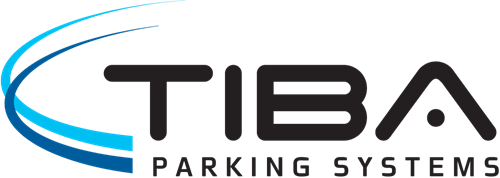There are a variety of payment methods available for parking, each with its own advantages and disadvantages.
Pay with cash
The first parking meters only accepted coins. Nowadays, you can still pay with coins (and paper money) at most parking meters and terminals. However, other payment options are integrated more and more.
The disadvantage of paying with cash, is that you always have to carry loose change with you. Another disadvantage of paying by cash is that you have to determine the amount of time you want to park in advance: You insert the coins before you go your way, but you don’t always know exactly how long you will be gone. This means that sometimes you pay for time you don’t actually spend, or you are so caught up in what you’re doing that you exceed the time limit.
Pay by Disk
On some places where a parking time limit is set, the time limit is monitored with the use of parking disks. The owner of the car that is parked, uses this disk to indicate the time when he parked his vehicle. He then places the disk on the dashboard. Patrolling enforcement agents can now see at what time he parked to car and therefor for how long the car is parked. Disk parking is used at places where there is a time limit set for parking, but no charge.
Pay by Coupon
Coupon parking is a combination of disk parking and pay-and-display parking. The car owner has to purchase a book with coupons in advance. When he parks on a parking space with a time limit, he has to tear off a coupon and fill out the current date and time. Then he places it on his dashboard so enforcement officers can see what time he has parked the car. The difference between coupon parking and dik parking, is that a disk is reusable and a coupon can only be used once.
Pay by phone
This is a type of parking operation that enables a customer to pay using a cell phone or mobile application. The pay-by-cell phone provider charges the customer for parking fees and reimburses the parking operator. Enforcement officers audit by checking online databases for valid plates. Actually they could name this one “pay by smartphone”, because it only applies to smartphones that have a connection to the internet. In most situations you have to pre-register on the internet or download an app.
Extend by phone
This is used in conjuction with pay by phone and meters to allow parkers to add time to their parking sessions via phone. Typically, the meter will send a text message alerting the parker that his time is about to expire. Parkers can add time by texting back.
Pay by plate
Pay by plate is a type of parking operation that requires the customer to pay at a pay station in advance. The customer enters his license plate number at the station ans makes the payment. Enforcement officers audit by checking the pay station or going online to view a list of license plates marked as paid.
Pay by space
This parking operation requires the customer to pay at a pay station in advance. The customer selects his parking space location (usually numbered) at the station and makes the payment. Enforcement officers audit by checking the pay station for a list of paid spaces.
Pay on entry
Pay on entry is a system configuration where the customer pays for parking as he enters the facility. It is often used for event parking. Pay on entry systems can also be used to have customers pay a deposit and receive some portion of that money back on exit if there is more than one rate in effect at given time.
Pay on foot
Pay on foot requires a customer to pay for parking at a pay station before exiting the facility. Customers insert their tickets into a machine and make payment, and the machine returns their ticket. Customers return to their vehicles and drive to the exit lane, where they insert their tickets into the exit station. The machine used in this process is also called a Automated Pay Station.
Pay on exit
This is any type of system configuration where the customer pays in-lane while leaving the facility. Payment may be made to a cashier or use credit card payment in the exit lane (exit verifier).



